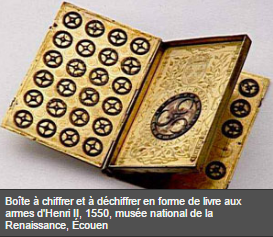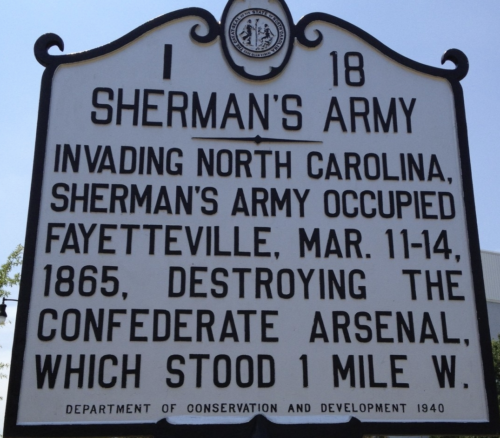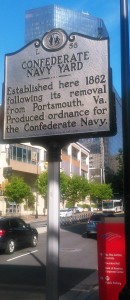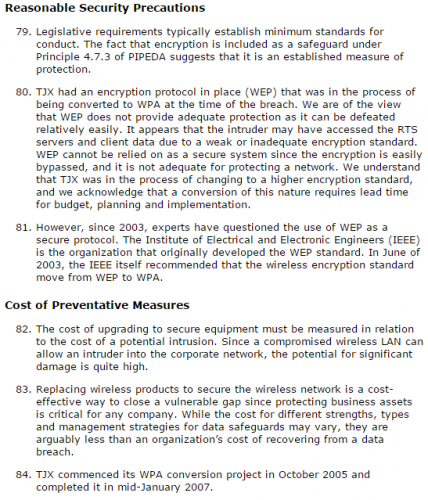Rick Holland pointed out today that Dave Aitel last April wrote an article “US Steel demonstrates why we need Cyber Letters of Marque”
…while economic competitiveness is at some level a strategic need, the particular defense of a US Company is not something the NSA can and should prioritize. The answer to this problem is allowing private companies to offer their services under strict law enforcement and intelligence community oversight to perform the actions needed, including remote intrusion, data exfiltration and analysis, that would allow US Steel and the US Government to build a rock-solid case for criminal liability and sanctions. In that sense, cyber Letters of Marque are more similar to private investigator licensing than privateer licensing.
To me this misses the real point of letters of marque. An extension of government services under license is approaching the for-hire contract system as used already. The infamous Blackwater company, for example, implemented privatized security services.
We are trying to do for the national security apparatus what FedEx did for the Postal Service
Let me set aside a US-centric perspective for a moment, given that it has not ratified the 1856 Declaration of Paris signed by 55 states to formally outlaw privateers. Arguably this is because American leaders thought they never would want or have a standing military and thus would rely on privateers for self-defense against established European armies. The Constitution Article 1, Section 8 still has letters of marque as an enumerated power of Congress.
To declare War, grant Letters of Marque and Reprisal, and make Rules concerning Captures on Land and Water;
To raise and support Armies, but no Appropriation of Money to that Use shall be for a longer Term than two Years;
Note that 2 year limit on funding Armies. US Congress right now can issue a letter of marque to private entities, who would be given neither funding nor oversight, so they can submit prizes won to a court for judicial determination.
On a more global note what really we ought be talking about here is how someone wronged directly can take action, akin to self-defense or hiring a body-guard, when their government says an organized defense is unavailable. A letter of marque thus would be offered as license to defend self in consideration of a court after-the-fact, where a government entity can not help.
In historic terms (before 1855) any authority might issue a letter to “privateers”; spoils of enemies found were to be brought back to that issuer’s court for settlement. Upon seizing goods the privateer returned to an admiralty or authority for assessment in what we might call a “spoils court”.
An excellent example of this was when two ships with American flags attacked a British ship because at war. A fourth ship sailed late into this battle flying a British flag and chased away the two American ships. Sounds like a simple case of British nation-state defending self against two American privateers, right?
No, this fourth ship then dropped its British flag, raised an American one, and scuttled the already heavily damaged British ship that it had pretended to defend. Now acting as an American privateer it could enter an American port alone with enemy spoils as a “patriotic” duty under a letter of marque. Had the fourth ship simply helped the other two American ships a spoils court would have awarded at most a third of the full sum it received.
The use of an authority for judgment of spoils and settlement is what distinguishes the “patriotic” privateers from pirates who operated independently and eschewed judgment by larger global organizations (pirates often were those who had left working for large organizations and set out on their own specifically to escape unjust/unhealthy treatment).
So I say letters of marque have a different and more controversial spin from the licensing or even a contractor model mentioned above in Aitel’s post:
…allowing private companies to offer their services under strict law enforcement and intelligence community oversight to perform the actions needed…
Strict oversight? What also we must consider is issuing letters to companies wronged that will not have strict oversight (because cost/complexity). How can we allow self-defense, a company to legally take action against their “enemies”, using after-the-fact oversight in courts?
We seek to maintain accountability while also releasing obligation for funding or strict coordination by an authority. This takes us into a different set of ethics concerns versus a system of strict oversight, as I illustrated with the American ship example above. Ultimately the two wronged American ships had recourse. They sued the fourth ship for claiming spoils unfairly, since it arrived late in the battle. Courts ruled in their favor, giving them their “due”.
Here’s a simple example in terms of US Steel:
The US government finds itself unable to offer any funds or oversight for a response to attack reported by US Steel. Instead the government issues a letter of marque. US Steel itself, or through private firms it contracts, finds and seizes the assets used by its attackers. Assets recovered and details of case are submitted to court, which judges their actions. Spoils in modern terms could mean customers, IP or even infrastructure.
In other words, if US Steel finds 90% of IP theft is originating from a specific service provider, and a “take over” of that provider would stop attacks, the courts could rule after US Steel defends itself that seized provider assets (e.g. systems and their networks found with IP stolen from US Steel) are a “prize” for US Steel.
It’s not a clear-cut situation, obviously, because it’s opening the possibility of powerful corporations seizing assets from anyone they see and think they can take. That would be piracy. Instead accountability for prizes is considered by authority of courts, to reduce abuse of letters.





